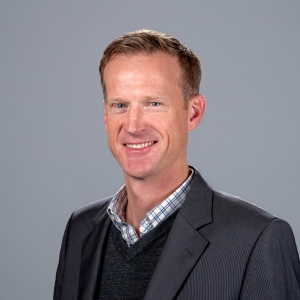The SimCenter provides next-generation computational modeling and simulation software tools and educational materials to the natural hazards engineering community with the goal of advancing capabilities to simulate the impact of natural hazards on infrastructure, lifelines, and communities. One major goal of the Center is to enable leaders to make more informed decisions about the need for, and effectiveness of, potential mitigation strategies.
This talk will highlight recent advancements in SimCenter simulation tools, including: 1) new local-scale tools to simulate structural response to earthquakes, tsunamis, and hurricanes, 2) new uncertainty quantification tools for risk assessment, sensitivity analysis, and calibration (quoFEM), and 3) and new tools for higher fidelity simulation of the regional rensponse of infrastructure and lifelines to natural disasters (R2D). The talk will include case studies to demonstrate the utility of the simulation tools, as well as related research.
Lecture date: Friday April 19, 9:00-10:00AM PST
(Webinar Recording Passcode: 3cD!crJ^)
Presenter
Matthew DeJong
Ray & Shirley Clough Presidential Chair in Structural Engineering
University of California at Berkeley
Matthew DeJong is the Ray & Shirley Clough Presidential Chair in Structural Engineering at UC Berkeley, PI and Co-Director of the NHERI SimCenter, and Co-Director of the UC Berkeley Center for Smart Infrastructure. He earned his BS from UC Davis and his MS and PhD from MIT. He served as a faculty member at Cambridge University (UK) for 9 years and now at UC Berkeley since 2018. He has authored more than 180 research publications on topics that include earthquake engineering, structural health monitoring, fiber optic sensing, and computational modeling of the seismic response of structures.
Sponsored by

